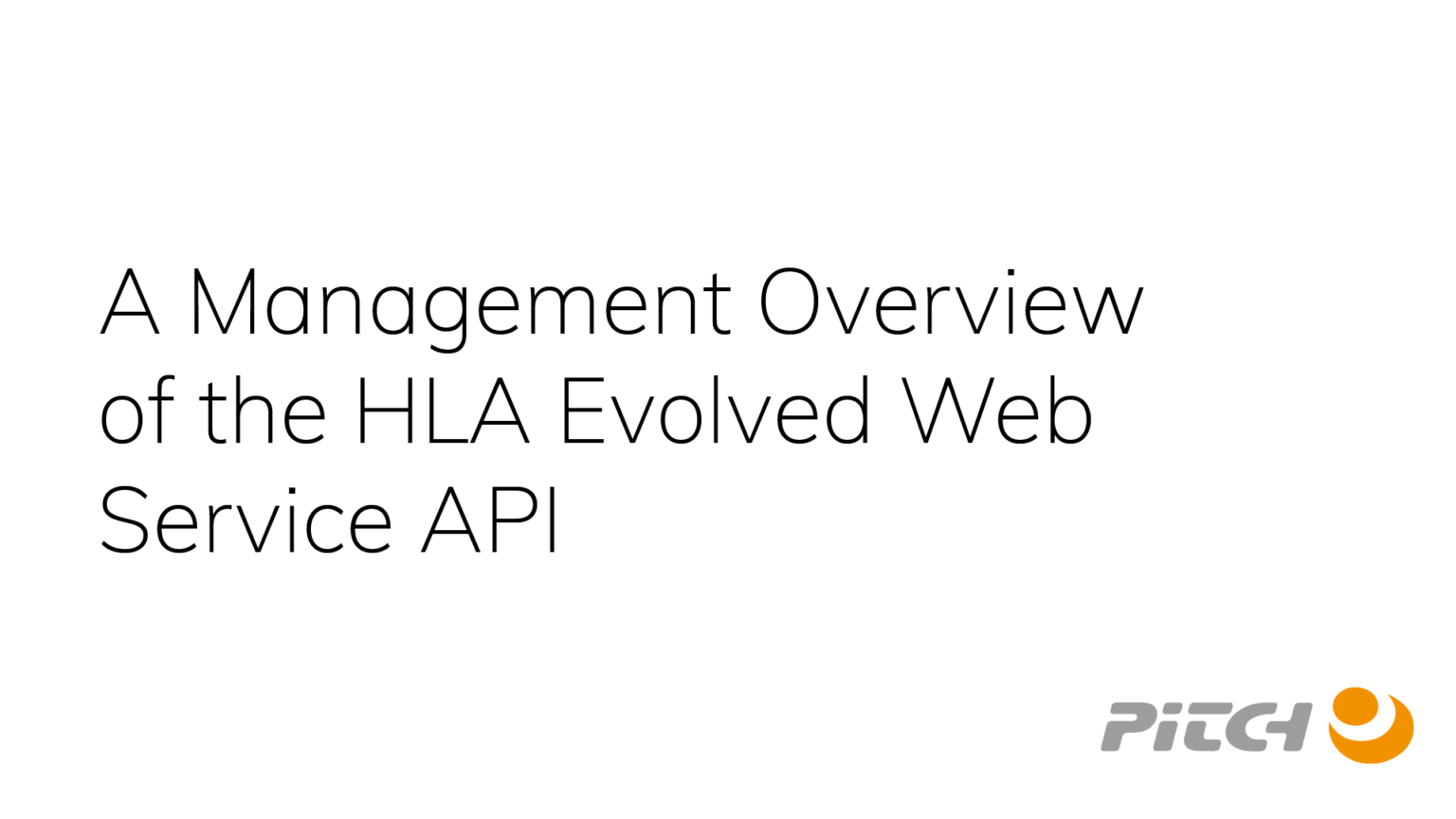ABSTRACT: A new API has been added to the HLA IEEE 1516 standard for simulation interoperability. The new API is based on Web Services, an implementation of the Service Oriented Architecture. This paper provides an overview from a strategic and architectural viewpoint targeted at program and project managers as well as technology
strategists.
The capabilities of HLA and Web Services may at first seem to overlap. A closer look reveals some fundamental
differences:
- Web Services provides a loosely coupled mechanism for performing coarse-grained services with modest performance over both LAN and WAN. Services are supposed to be stateless and context independent. It is based on technologies that are familiar to most enterprises. A wide range of supporting vendors and software is available.
- HLA provides extremely high performance and scalability for interactions and information exchange in a shared, complex state. It also provides unique capabilities for synchronizing the data exchange between systems using logical time, as opposed to wall clock time.
The Web Service API for HLA combines the best of these two worlds, bringing the above capabilities to a shared approach.
Major benefits of the WSDL API include the support for numerous newer and older languages and operating systems as well as the ease of deployment across wide area networks. Major limitations are performance and scalability.
The major long term benefit of the WSDL API is that it promotes and supports the concept of simulations as readily available services provided within and between enterprises.
Authors: Björn Möller, Staffan Löf
Publication: Proceedings of 2006 Fall Simulation Interoperability Workshop, 06F-SIW-024, Simulation Interoperability Standards Organization, September 2006.

